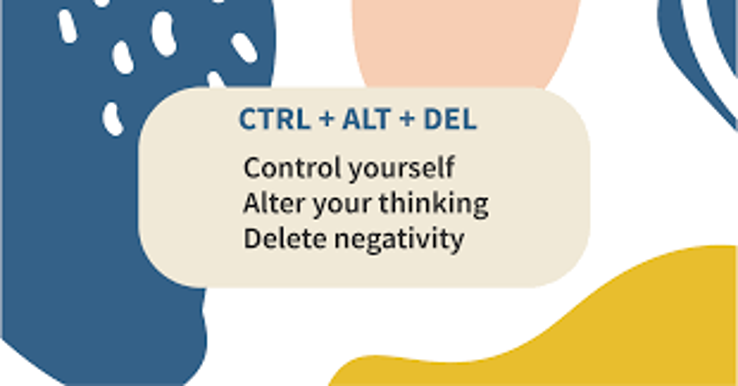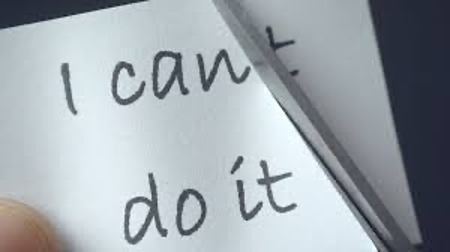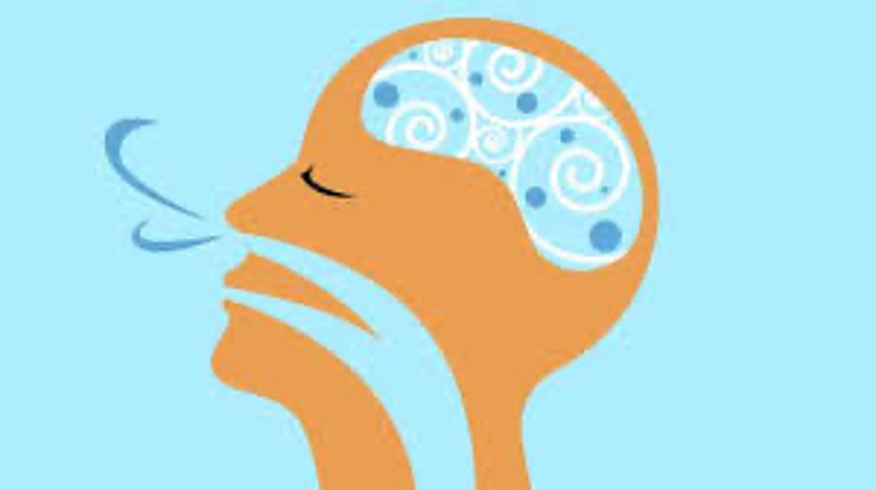Feeling down, overwhelmed or burdened? You may notice your head is slightly down and your shoulders are slumped forward. Here is a fast and easy Pick Me Up!
Roll your shoulders back, lift your chin and look up and out. You will likely notice a smile on your face. And for an extra lift put your hands on your hips and feel your super man / super woman cape billowing behind you.
Look out world here you come!
Our sub-conscious mind hears the command – the word “don’t” does not automatically negate the command before it is made / heard. I.e. When we tell someone to do or don’t do something it hears the command that follows; and if we say “don’t” then the command is still there and we have to reverse the “don’t” thought command (adults are much better at this than children who have not developed the filters to remove the “command”) and quite often it can become a challenge!
Examples for children: When we tell a child “Don’t spill your milk”, they become so focussed on (not) spilling their milk and many times end up spilling their milk (the picture in their mind). Think about changing to “Hold your glass (tightly) with two hands and walk carefully”. Another example is “Don’t touch the stove!” – challenge is on! Think about “Stop. Move away from the stove!” Or “Stop! Turn around”.
I had a woman tell me her relationship with her 5-year-old son changed for the better (less conflict) when she changed “don’t to do” or at least followed don’t statement with a do statement. Her son actually told her she had changed – “you don’t say don’t as much.”
Examples for teens / adults / seniors: Change disrespectful and or self-sabotaging commands like “Don’t be an idiot” / “Don’t do it that way”. Think about changing to more encouraging statements like “Let’s think about a better way of doing xxx” or Do it this way or that way….” Or “Suggest another way of doing……”
Using “don’t” effectively to get people to do or think what we have told them not to do or think is doable (Remember the marketing ad for The Bay – “Don’t think about The Bay) but can be tricky especially when using this technique on family, friends and colleagues. So yes, it can be done; however, it would be best to first master changing Don’t to Do.






